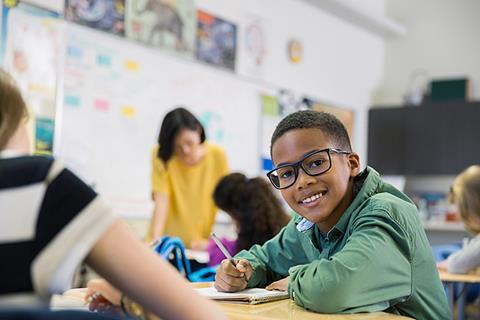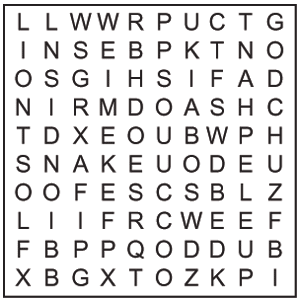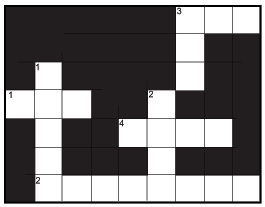Olha Madylus offers a selection of tips and activities to help your students begin to put letters together to form words.

It is a short journey from letters to words. In order to introduce words, show pictures and words together and sound out the phonics.
Move your finger under each letter as you sound it. Remember not all languages are written in the same direction. Encourage the children to read with you.
Word building
Get the children to make 26 letter tiles out of cardboard (old cereal boxes will do) by simply cutting out small squares and writing each letter on them. Each child spreads their letters out in front of them. Call out a word they have learnt, e.g. cat, and the first one to find the right tiles and put them in order must put their hand up. This encourages quick eye movement over the letters, recognition and letter combining.
For fun you could challenge the children, working in pairs or threes (to encourage cooperation and peer teaching), to make as many words as possible in a specified time.
As each child has their own letters, they can play with them at home or if they finish an activity early, and see how many words they can make. Later they can move into building short sentences.
Worksheets
You can produce easy worksheets like this one below. In the first exercise, children fill in the gaps. (If you can add a picture of the word too, like in the example, it will make it all the more meaningful.)
In the second exercise, children unjumble the letters to make the word. You could also do this on the board with children coming up and doing the activity one at a time.
| What animal? | |
| Exercise 1 | |
| c _ t |  |
| d _ g |  |
| a _ t |  |
| What animal? | ||
| Exercise 2 | ||
| atc = | gdo = | npe = |
Word searches
These are good for children to recognise words within a jumble of other words. It makes them concentrate and ‘see’ words on the page. Children have to circle or colour the ten key words in the grid. For example:
|
Animals Children have to find the ten animal words in the box. You can either give them the ten words at the bottom to help them look, or attach pictures of the animals to the wordsearch.
BIRD, CAT, COW, DOG, ELEPHANT, FISH, LION, MOUSE, SNAKE, TIGER
|
 |
Crosswords
Children look at the picture, remember the English word and then have to write the word – spelling it correctly – to fit into the crossword. This worksheet is also a good record of vocabulary for students to keep and refer to.
|
|
|
|
 |
 |
 |
REMEMBER: The key to reading and writing success is to start early, make it fun, make it holistic and encourage life-long skills!
How to teach skills
- 1
- 2
- 3
- 4
 Currently reading
Currently readingBeginning reading and writing: Learning words
- 5
- 6
- 7
- 8











No comments yet